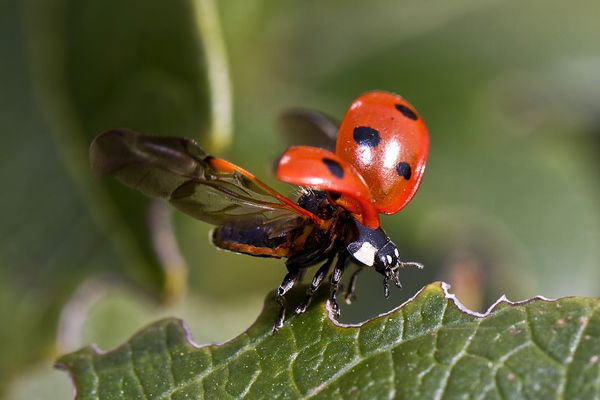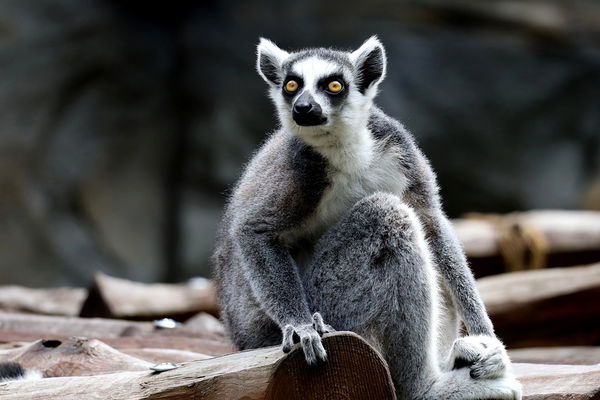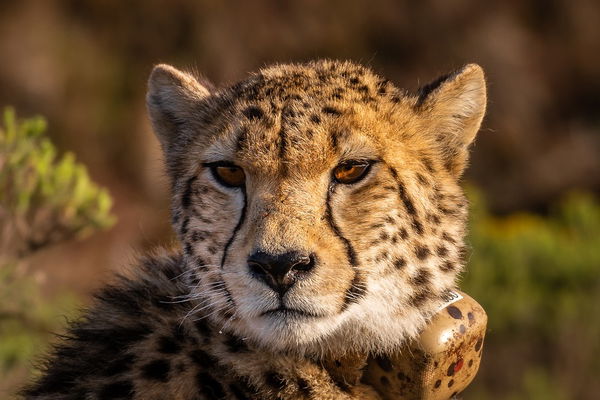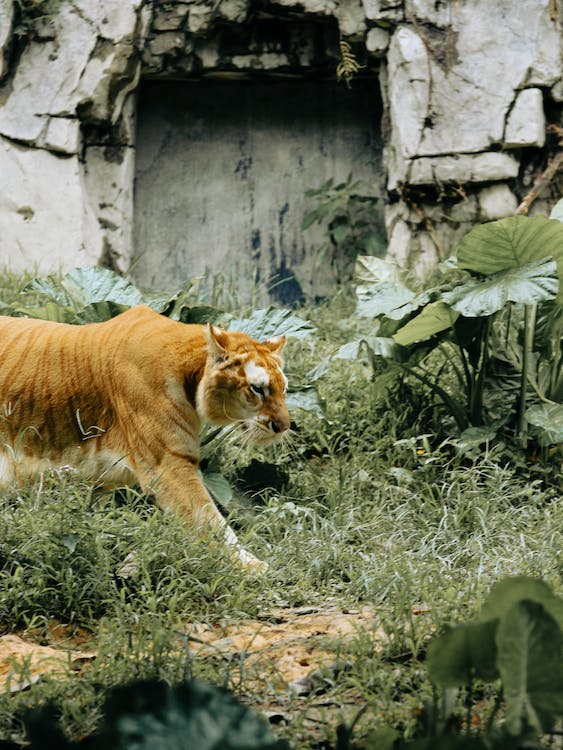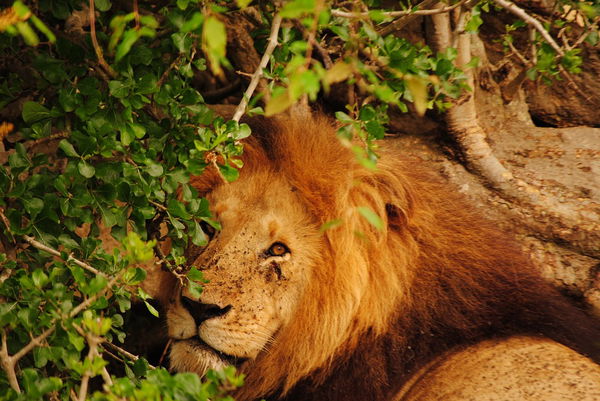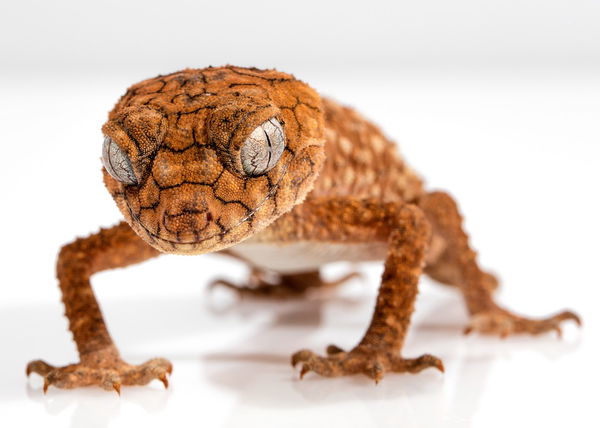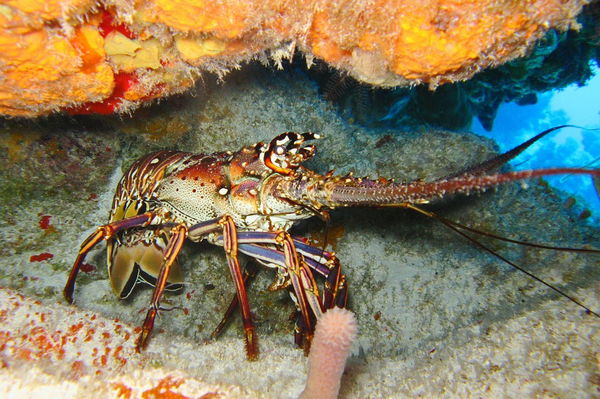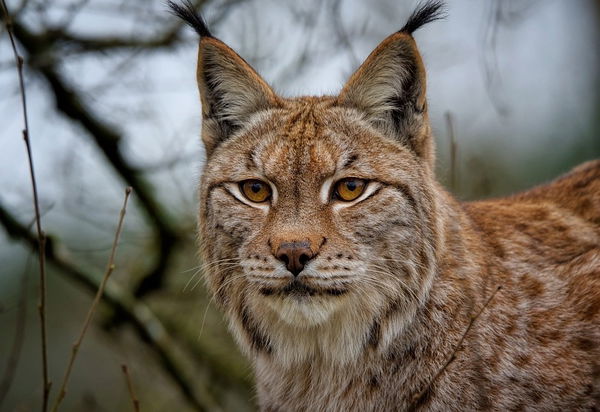The ladybug, also known as ladybug or vaquita de San Antonio, is a small insect that belongs to the beetle family. They are known for their striking colors and spots, which can vary depending on the species and geographic region. In general, ladybugs are between 1 and 10 mm in length and feed on other insects, such as aphids, which can be harmful to crops.
Ladybugs are considered a symbol of good luck in many cultures, and it is said that when they land on a person, it brings luck and happiness. In addition, they are used in the biological control of pests in agriculture, being a natural and effective alternative to pesticides.
There are more than 5,000 species of ladybugs worldwide, and they can be found in a wide variety of habitats, including forests, grasslands, and urban areas. Despite their small size, ladybugs are an important component of the ecosystem and play a key role in the food chain of many animals.
